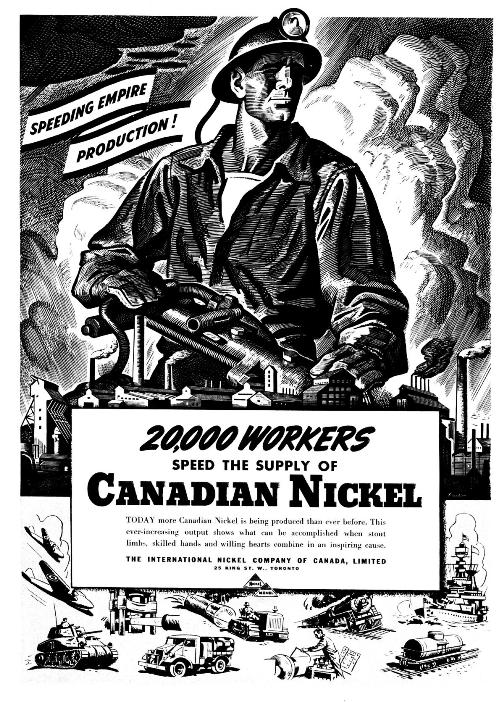Established in 1980, Northern Ontario Business provides Canadians and international investors with relevant, current and insightful editorial content and business news information about Ontario’s vibrant and resource-rich North. This article is from the March, 2011 issue.
Low assessments, high development costs pose major challenges
The explosive need for new homes in Kirkland Lake is being thwarted by low assessment values and expensive infrastructure improvements. After years of wishing for opportunities to grow its dwindling population, the City of Kirkland Lake is struggling to accommodate the thousands of people soon to be pounding on its doors.
With low assessment values and limited finances, the municipality largely lacks the resources it needs to build out the infrastructure that has suddenly become necessary to house a strong influx of mining workers. Estimates provided by the city indicate that 2,000 full-time production workers will be in place by 2013, with an additional 1,500 needed through development and construction of new projects.
“It’s really ironic, because 10 years ago, we were sitting at a table with the senior levels of government and saying, ‘We’re dying, we need your help,’ and we were told there were no programs in place to help us,” said Wilfred Hass, the city’s economic development officer.

























